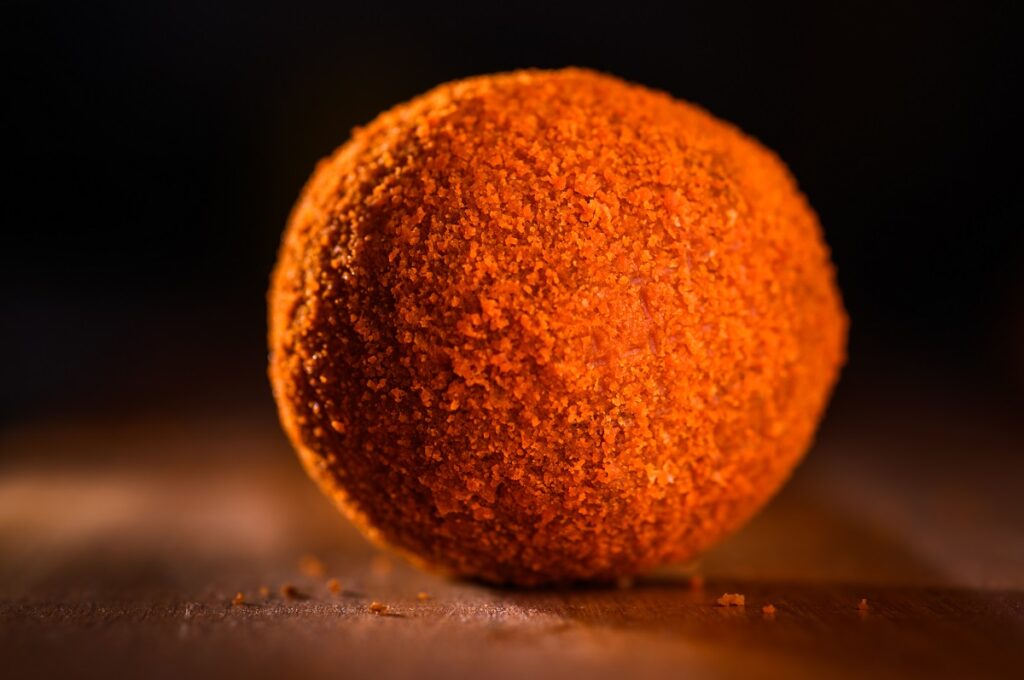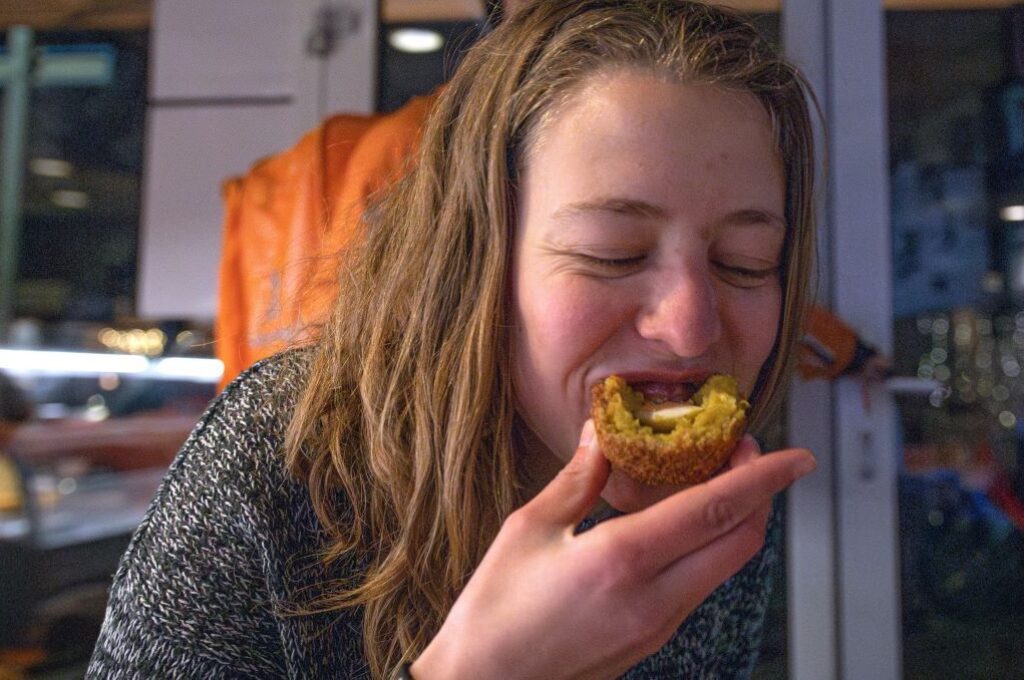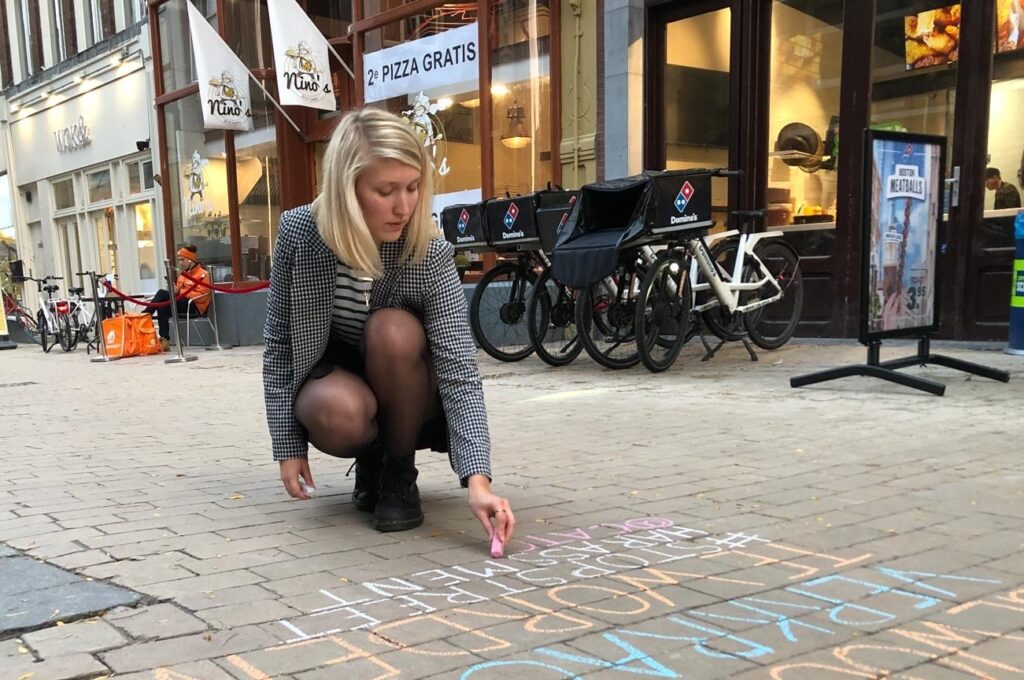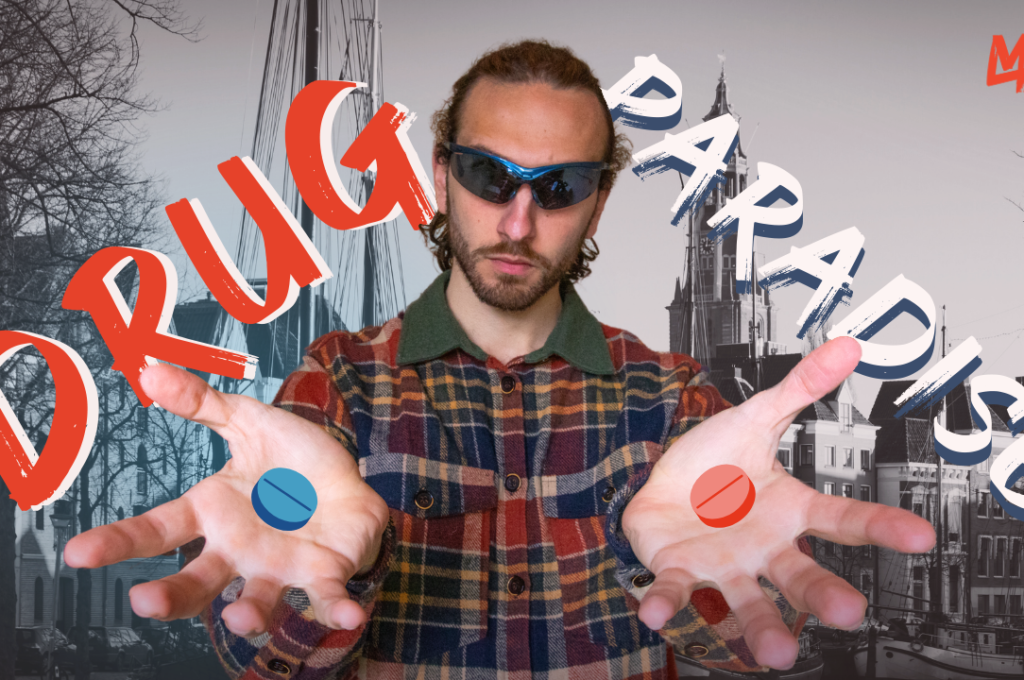The Life Science & Renewable Energy professorship of ‘EnTranCe’, the Energy Transition Centre, is researching how to make ‘green gas’ from grass in faster ways. To be precise, the goal is to make it just as fast as a cow does.
Professor and research director Jan-Peter Nap explains what it’s all about: ‘Our current method for making useable gas – which can be used for home heating or for cooking – from organic waste such as grass takes around sixty days. In fact a cow can do pretty much the same with grass, but it only needs around four days for this. Of course, a cow does more, and also produces milk and protein. So this is why we’re just looking at part of the process that takes place in a cow.’
The cow’s rumen
So how does a cow manage that so quickly? According to Nap it’s all down to the bacteria contained in the cow’s rumen, its first stomach (cows and other ruminants have several). ‘What we’re researching is how we can better use the bacteria in a cow’s rumen for converting grass into useable biogas in the same way.’
We get the content of cow rumens delivered from a slaughterhouse
‘The thing is, biogas is a mix of methane (= ‘natural gas’) and carbon dioxide, the highly problematic CO2. We want as much methane as possible and no CO2. So we’re combining this with earlier work in which we convert the carbon dioxide, using other bacteria types and green hydrogen, into methane as well. In this way we get – almost – pure methane from grass.’
Other ruminants
But how do you as researcher set about imitating a cow? By using a part of the cow, of course. ‘We get the content of cow rumens delivered from a slaughterhouse. This comprises mostly bacteria. Then we see if and how we can get these bacteria to work in the laboratory in just the same way as they do in the cow rumen.’
We have students from India who can’t work with material from a cow, since this animal is holy in India
‘This is also possible with other ruminants: at the moment we have students from India who can’t work with material from a cow, since this animal is holy in India. So they are researching the bacteria from a sheep. We expect that our approach will work well in the laboratory, but the challenge is to upscale to installations that can handle higher volumes. We’re also investigating the economic viability, which is relevant to this kind of new technology.’
Giving up gas
But shouldn’t we in the Groningen region actually be giving up gas use? ‘Of course we’re giving up gas in one respect, but this applies to gas with an extraction process that causes earthquakes. Green gas, meaning biogas upgraded to meet the requirements of the Dutch gas network, forms an important part of the energy transition. If we can convert grass to gas just as efficiently as a cow can, then maybe we can also use this technology for enabling other types of biomass to be converted more efficiently into gas. And so in the future we can handle available biomass in an even more sustainable way.’
In the future the circular bio-economy will probably lead to very different application possibilities for biomass
‘At the moment there is a lot of discussion about using biomass for producing energy and the sustainability of this approach, and rightly so. As long as biomass is available locally, for instance in the form of grass, then we think we can make a good contribution with the chosen approach. In the future the circular bio-economy will probably lead to very different application possibilities for biomass and we will need to have the technology at hand to do something useful with the biomass remnants even then.’
Education and research
By the way, Hanze wouldn’t be Hanze if teaching didn’t play an important role in the research. A Hanze lecturer is doing his PhD project in this research and various degree programmes will be including the theme in their teaching. The most obvious programmes here are, of course, those of the Institute for Life Science and Technology. These students are helping with the collection and analysis of the lab research data and with the upscaling. But besides this, students of the Institute of Financial and Economic Management are modelling whether and how the ‘grass gas’ can be turned into a viable business model. And students of the Institute for Communication, Media and IT will address the question of how the ‘grass gas’ can best be explained to the rest of the world. So for students who are interested either within or outside their programme in energy transition, sustainability and bacteria, this is an excellent chance to take the ‘cow’ by the horns.









